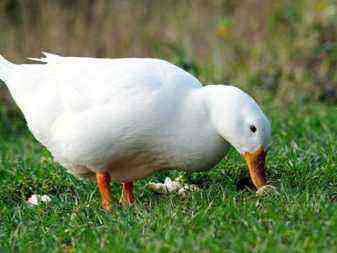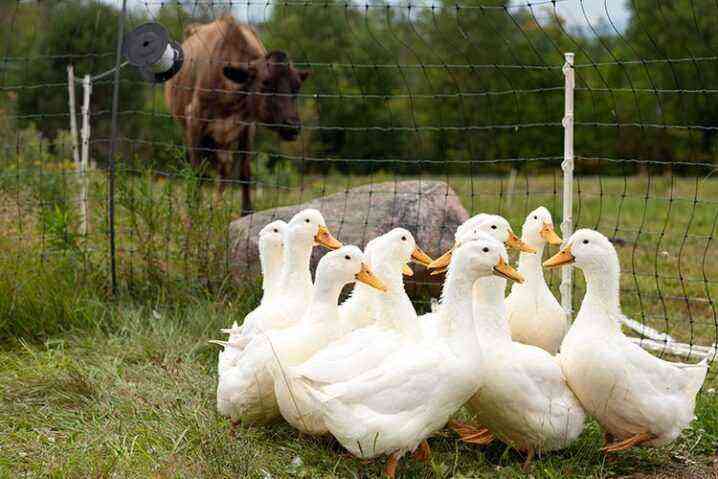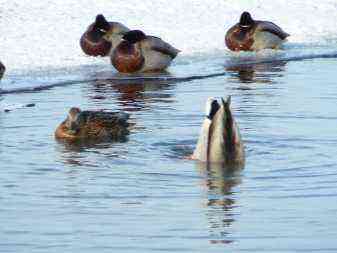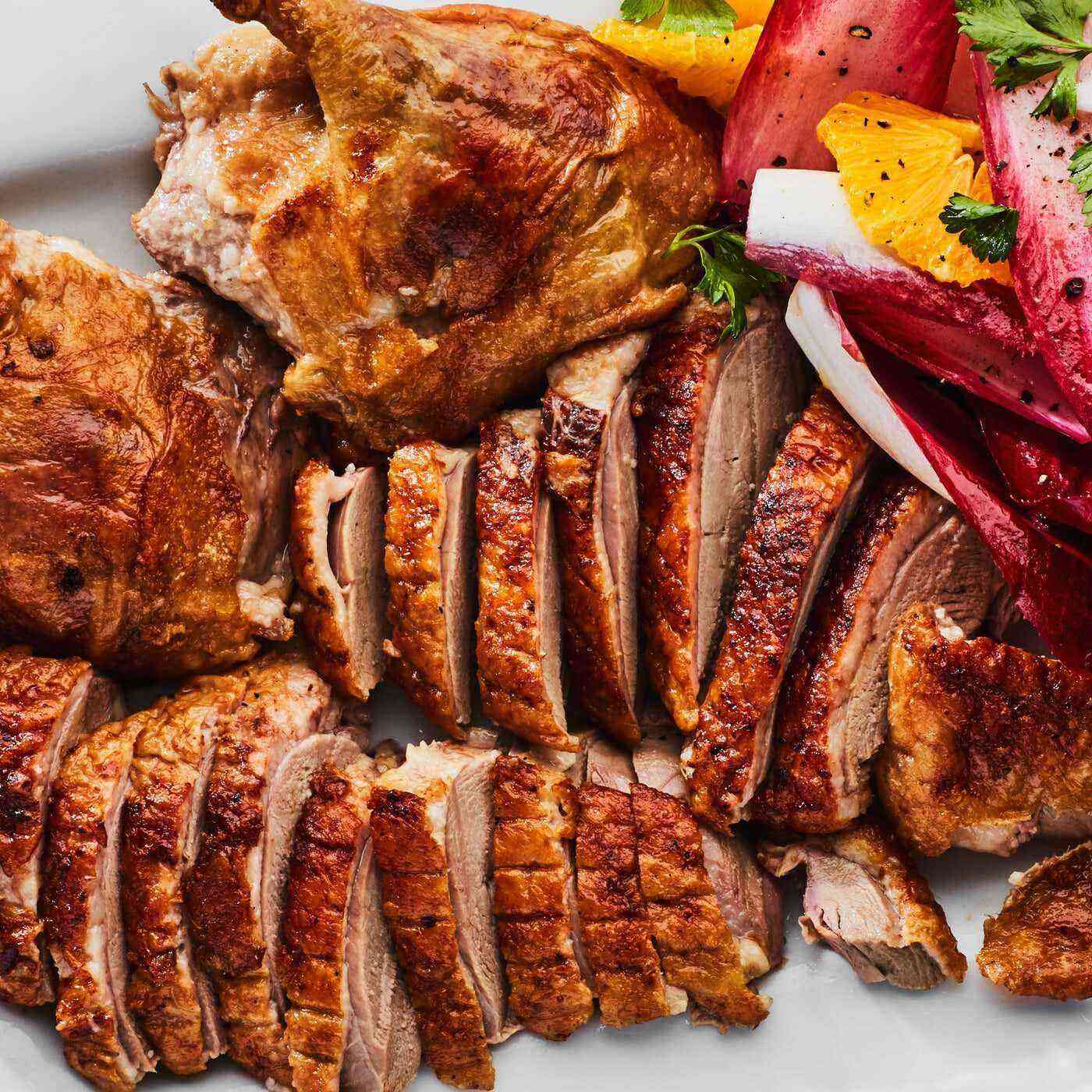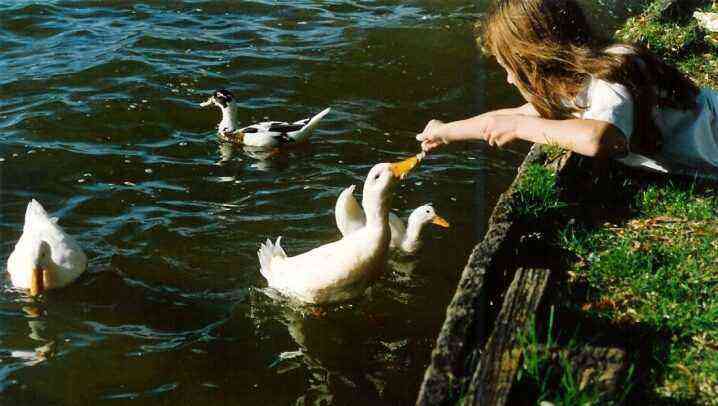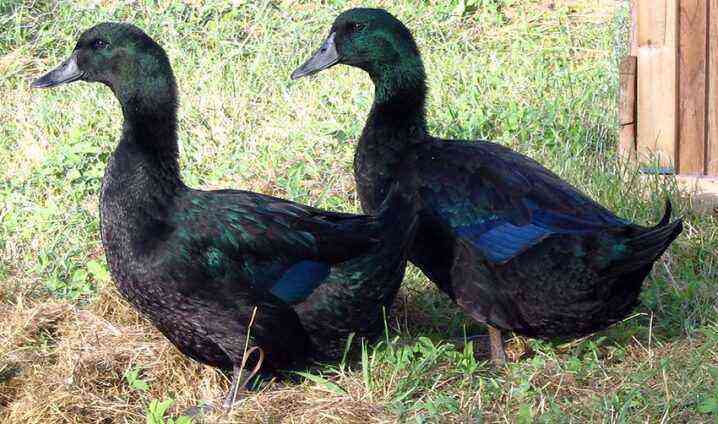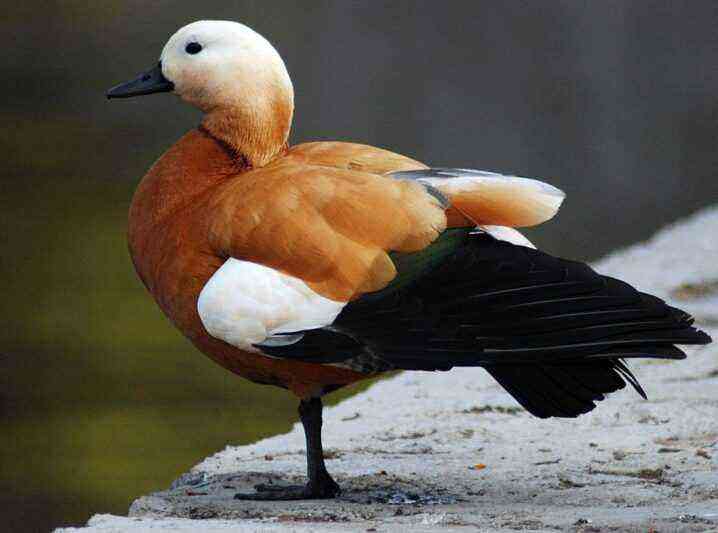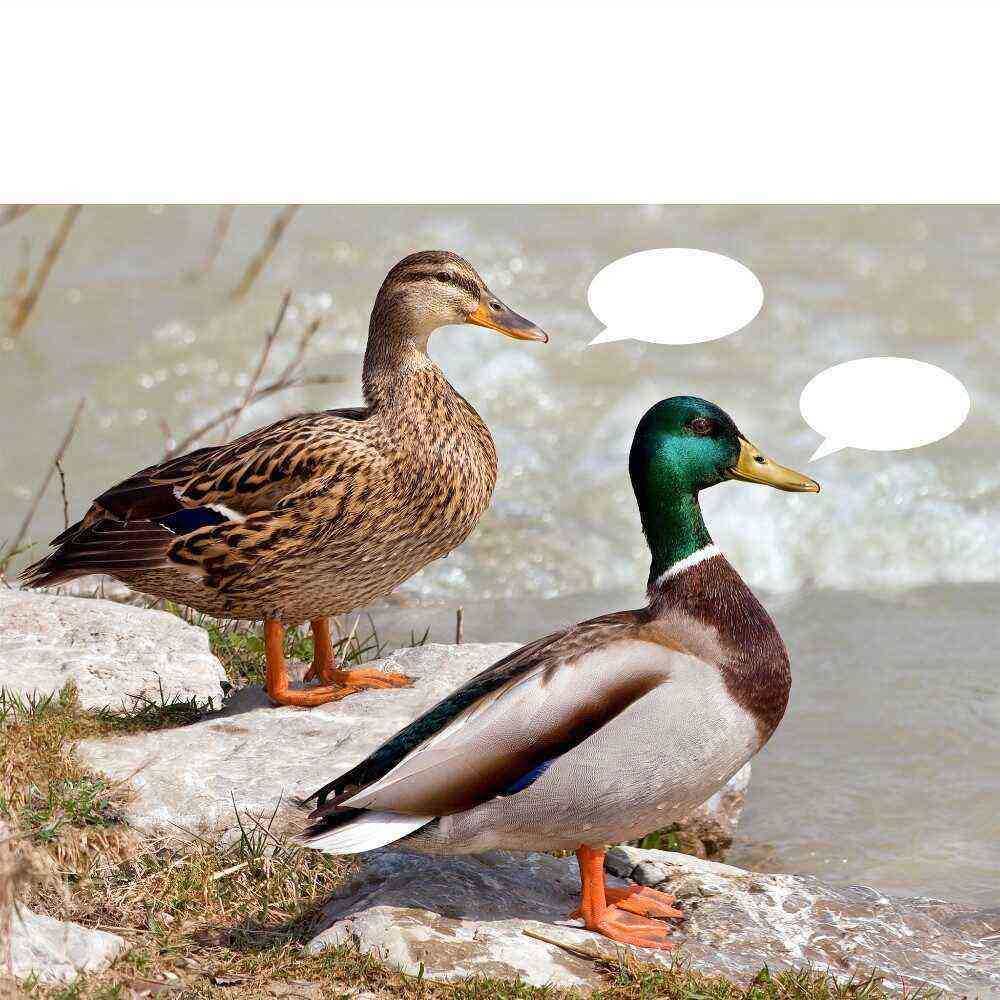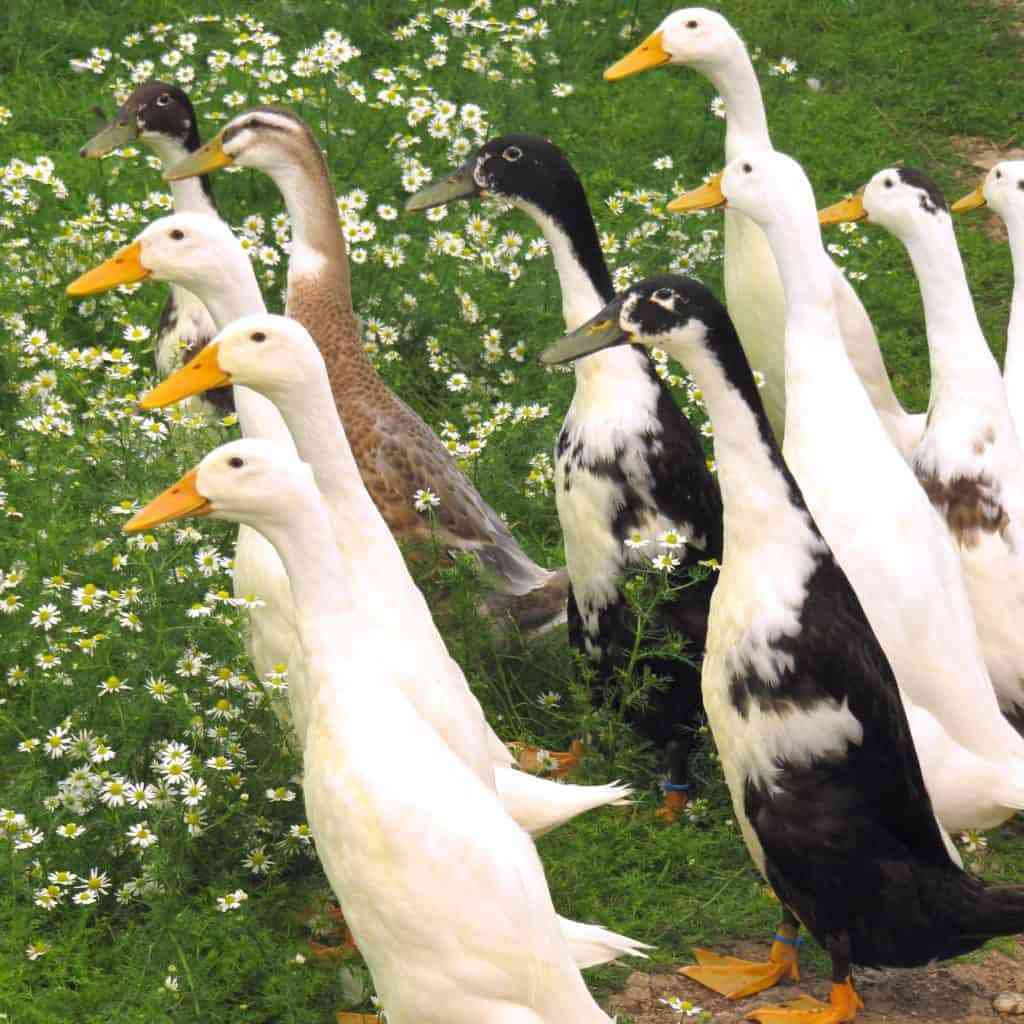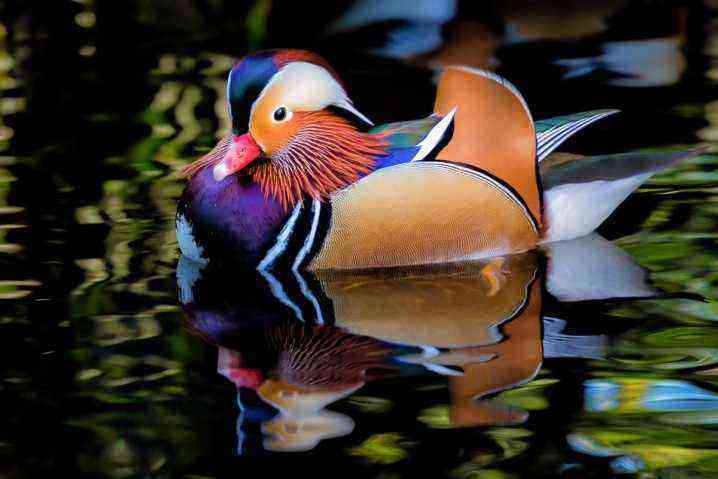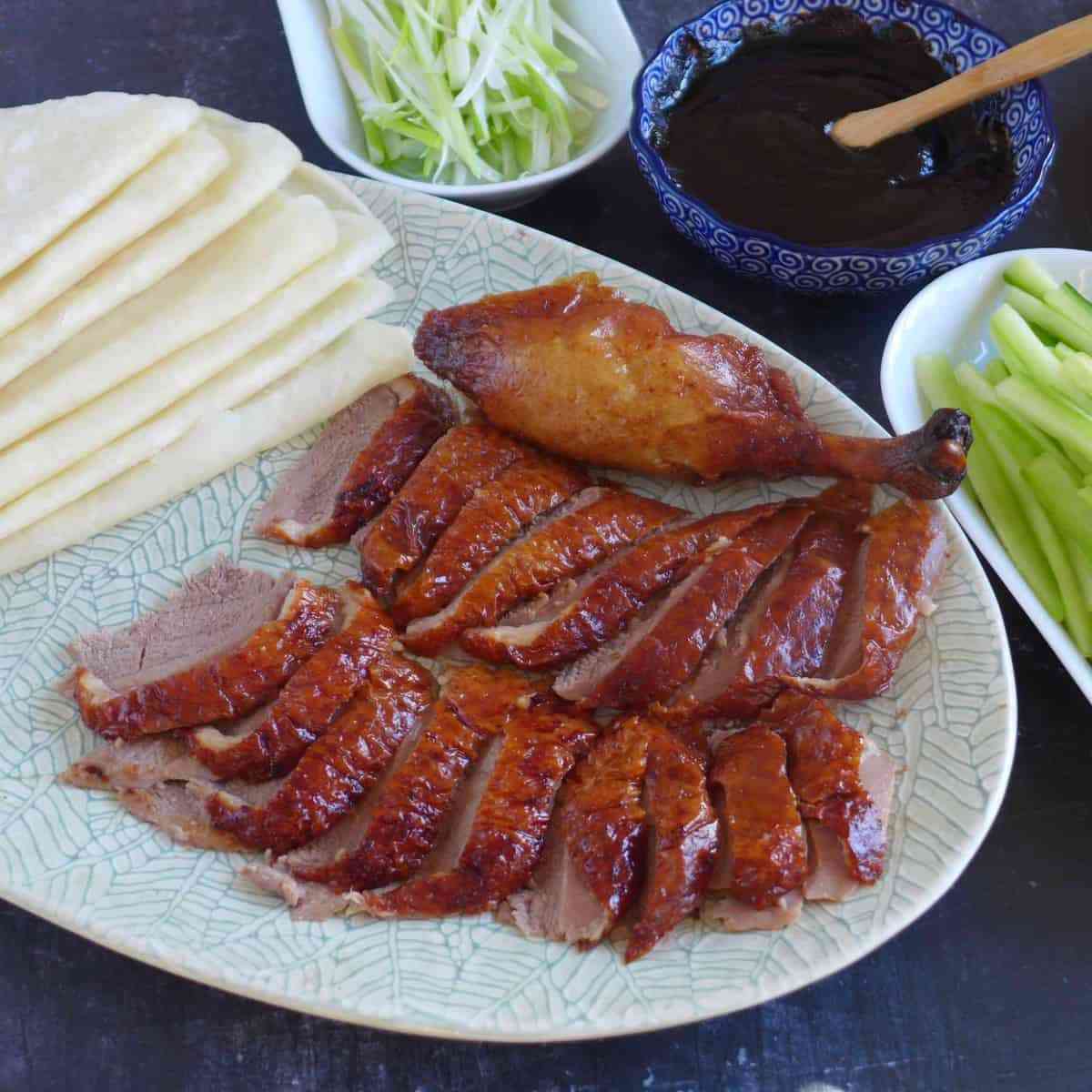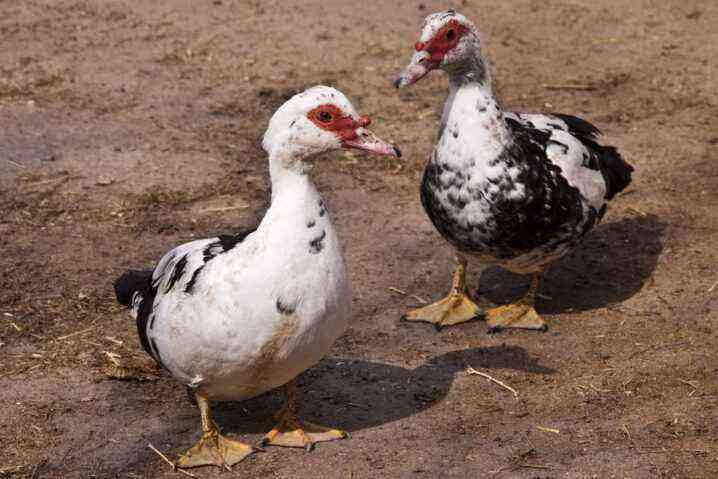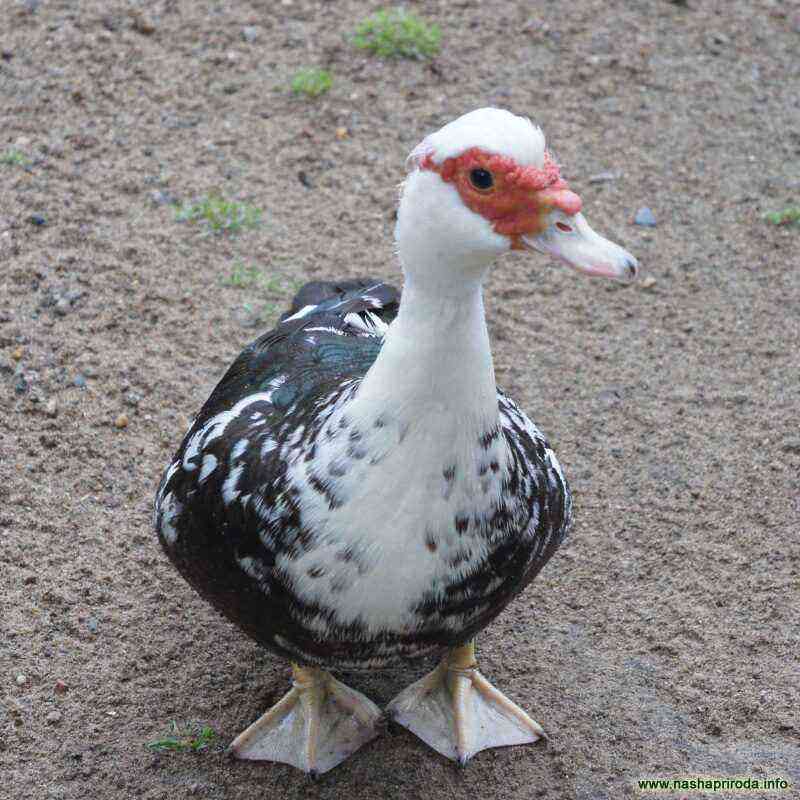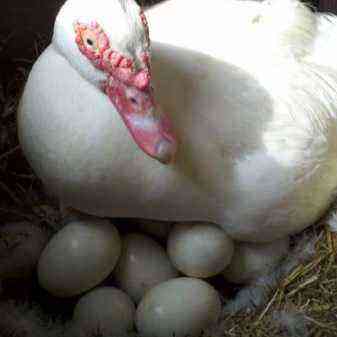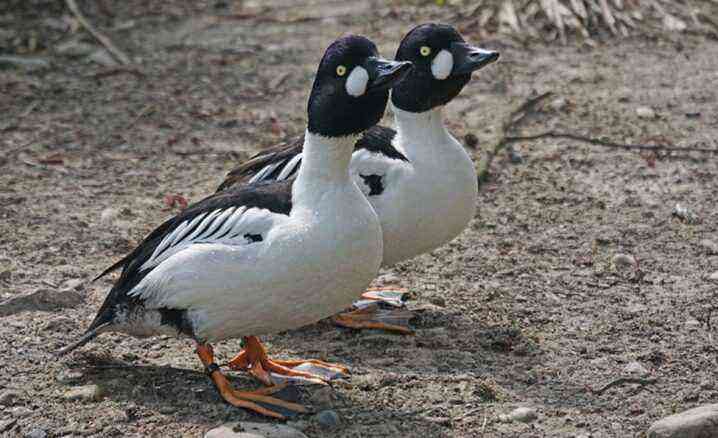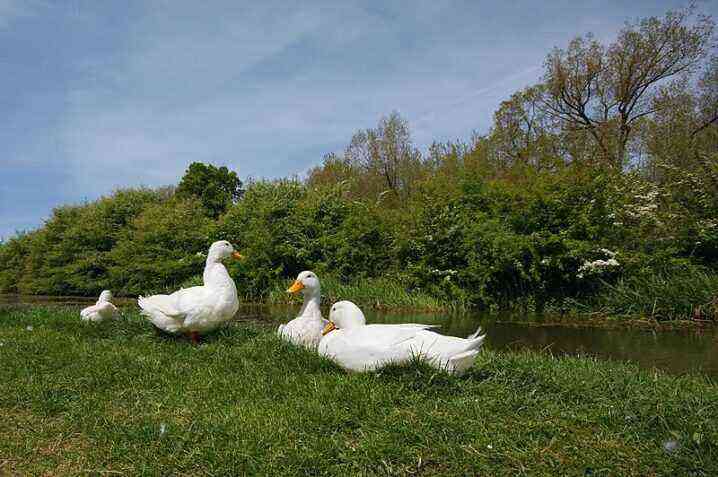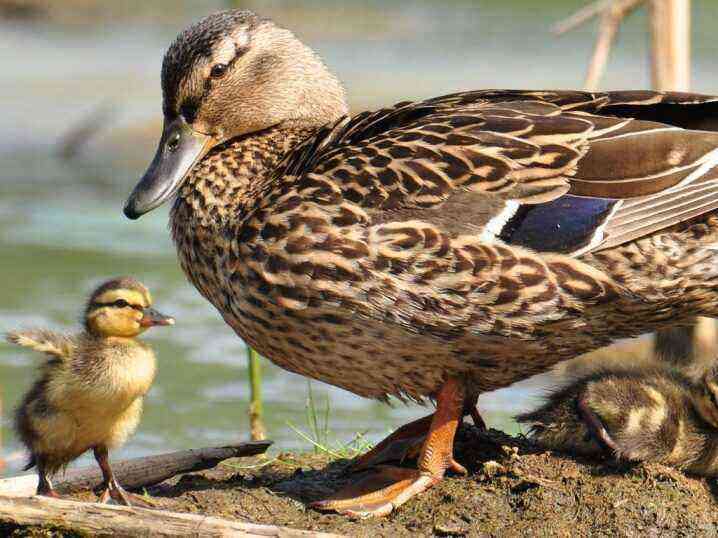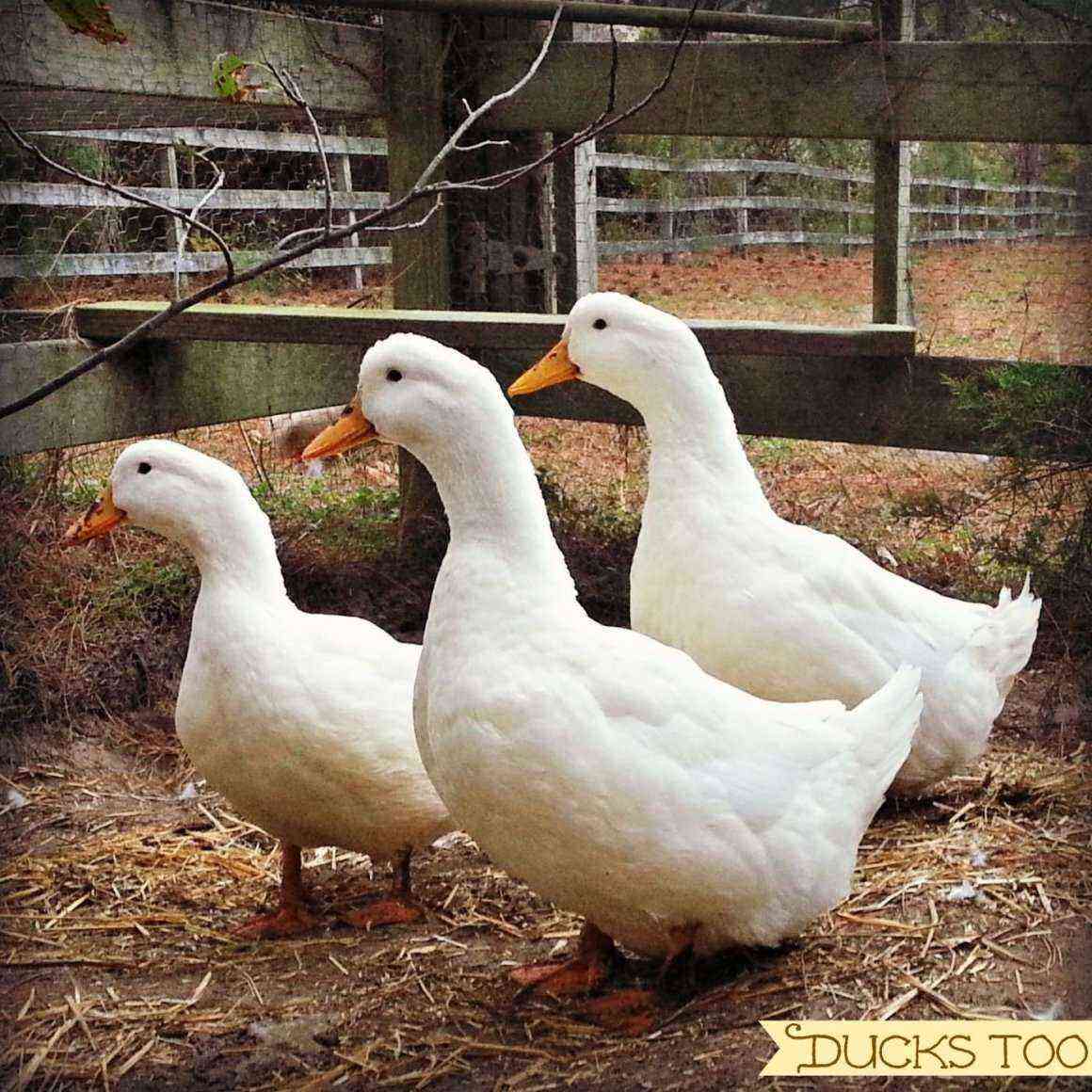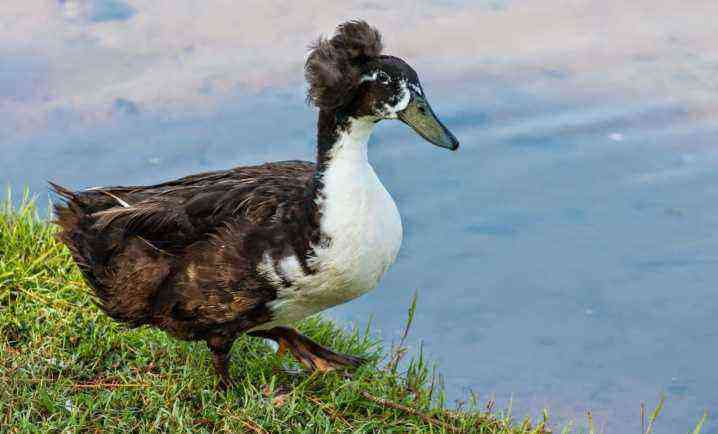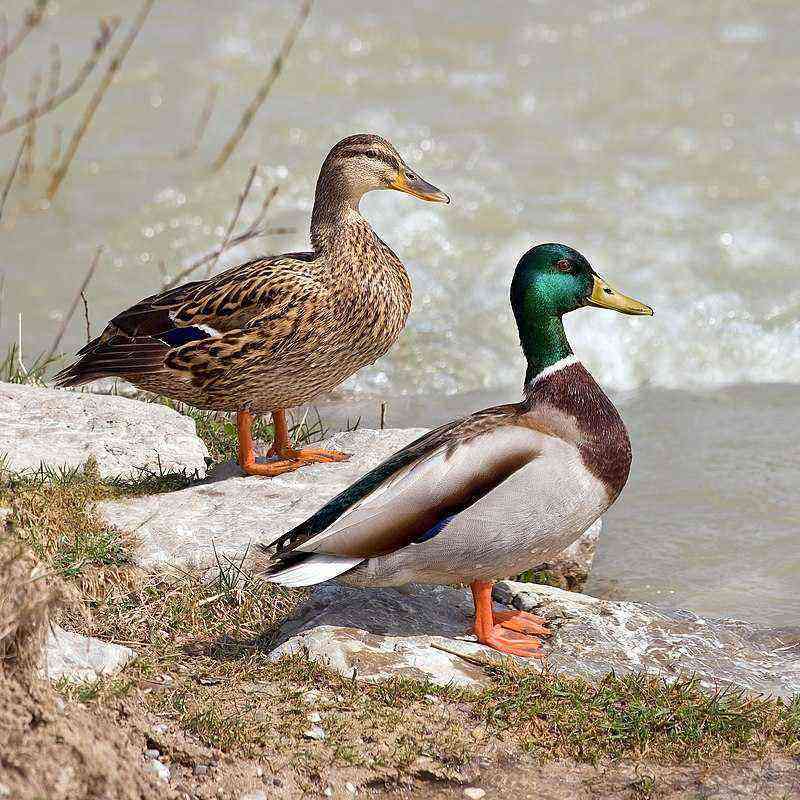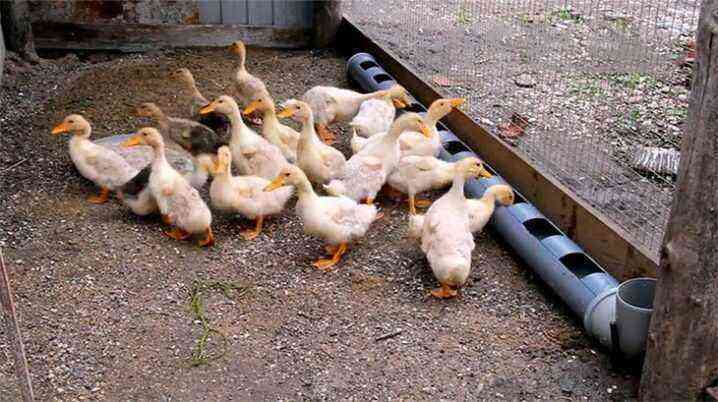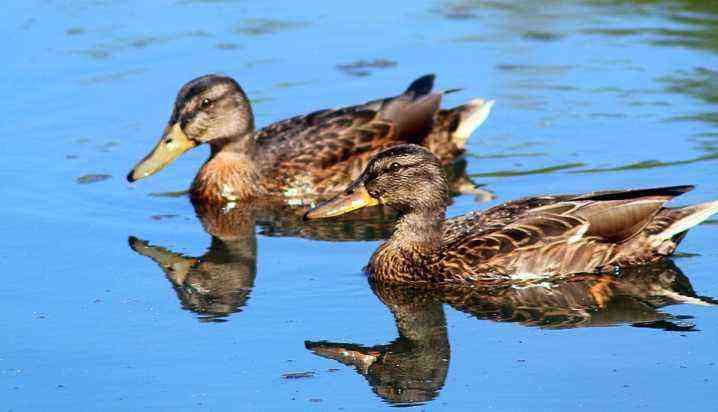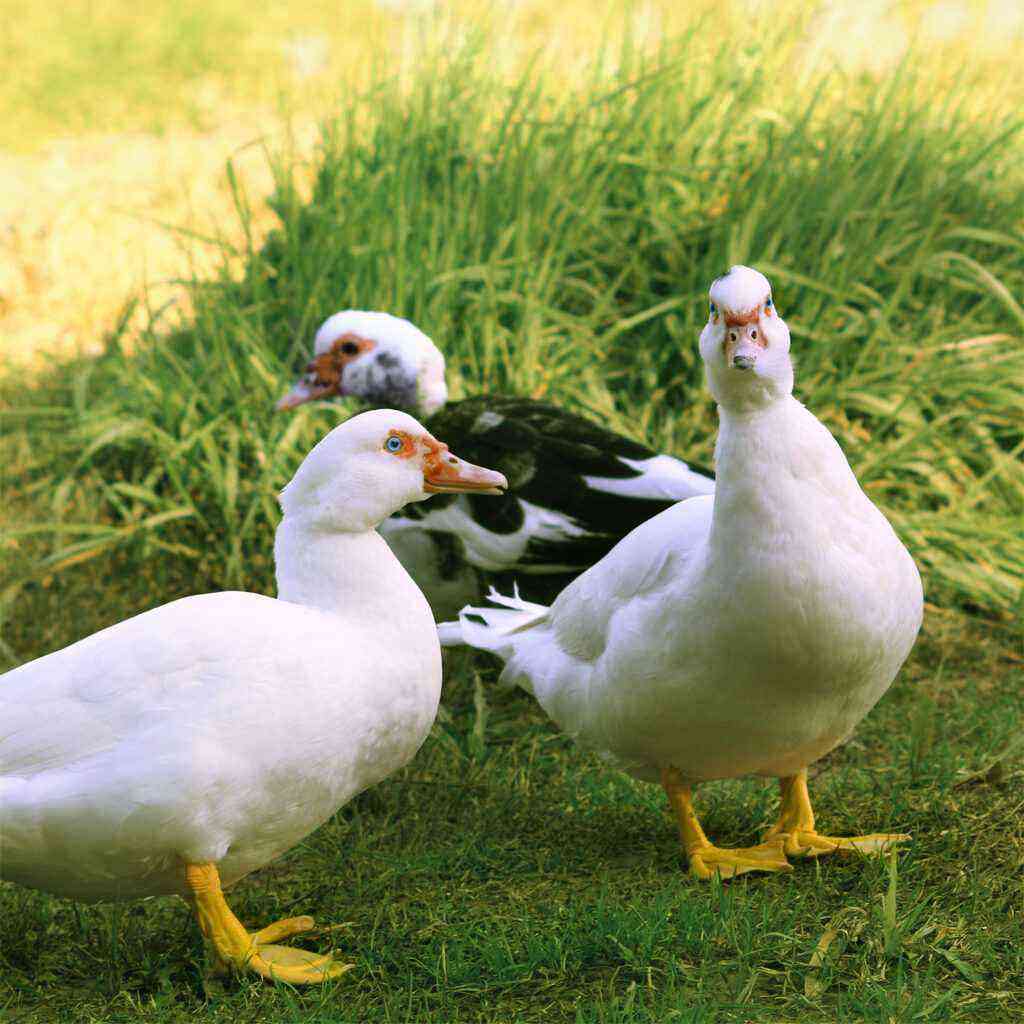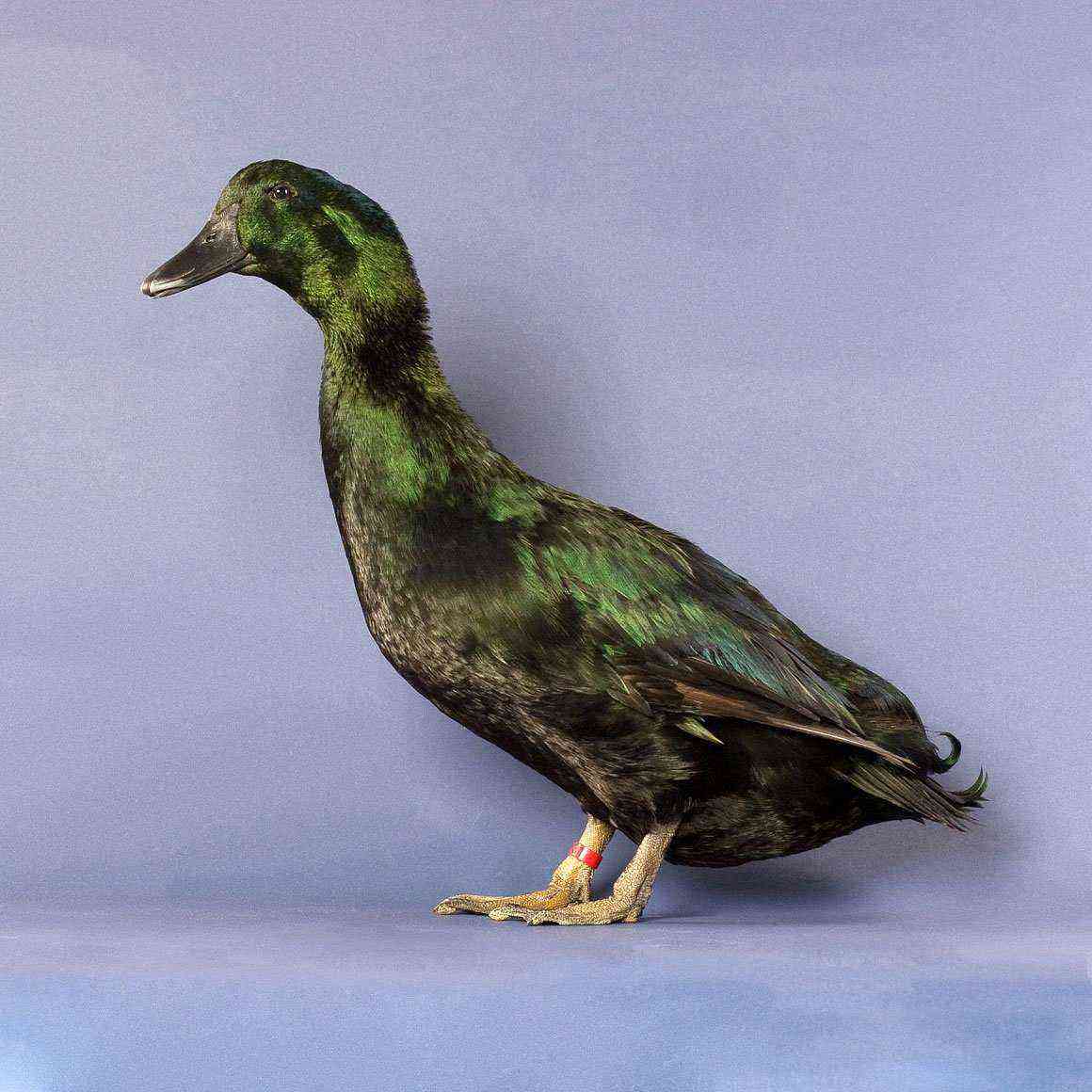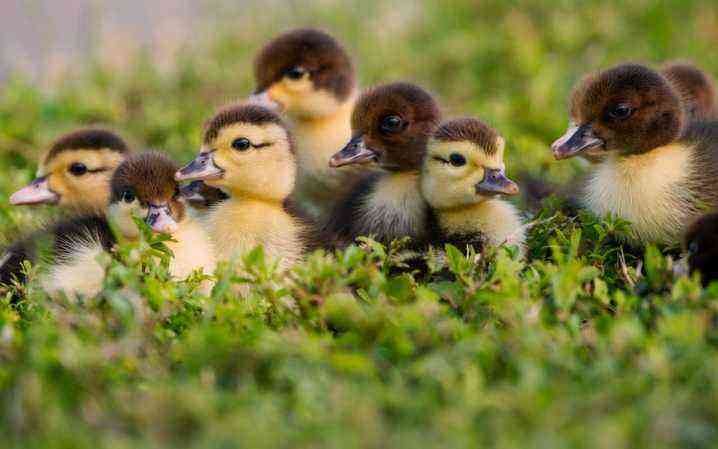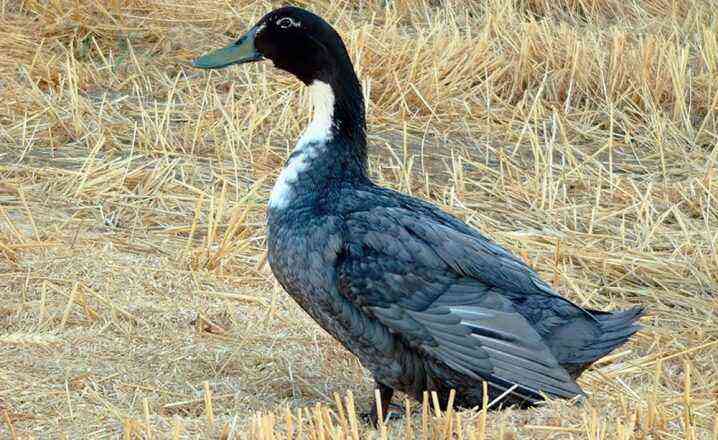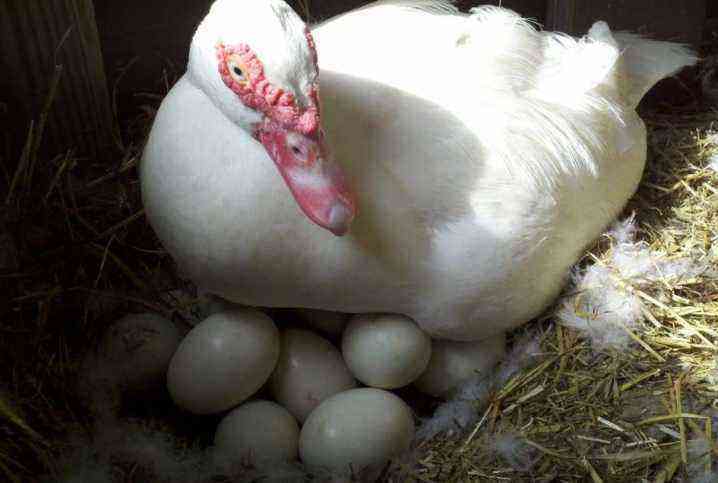Many poultry farmers keep broiler ducks on the farm. These poultry are distinguished by high performance rates, which makes them one of the most popular and in demand in keeping. These individuals do not require special treatment, complex and expensive care.
Features
If you want to increase the profit of the farm, then broiler ducks are the best option. These meat breeds of poultry are the result of many years of selection. They are highly prolific. In addition, broiler ducks grow very quickly, and their meat has a wonderful delicate taste.
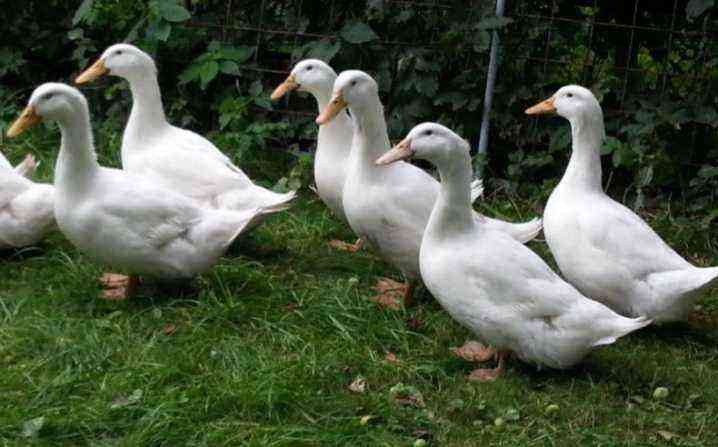
Broiler ducks can adapt to a wide variety of climatic conditions. In a short period of time, healthy individuals gain good weight, so many poultry farmers practice growing 2-3 broods at once.
Often broiler ducks are kept on the farm only until they are 7 months old. During this period, molting of poultry occurs. New feathers grow stiff and dense. As a result, this can adversely affect the appearance of the finished product. In addition, by this time, broiler ducks need large amounts of feed consumed, which is why their maintenance simply ceases to be economical and profitable.
These birds, like any other breeds, need the right conditions.
For them, you will need to equip a good poultry house, while you need to feed them with expensive feed. If you follow all the necessary rules, then as a result you can be surprised at the performance of broiler ducks.
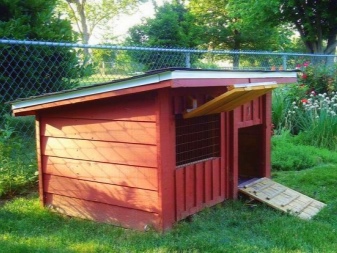
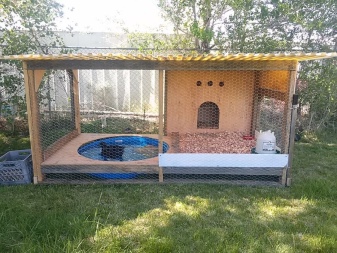
There are several varieties of such poultry. Each of them has its own distinctive features and characteristics of behavior. It is necessary to keep this or that breed, starting from its individual parameters and requirements.
Advantages and disadvantages
As mentioned above, broiler ducks are one of the most productive and unpretentious birds that are found with enviable frequency in different farms. These individuals are widespread due to the positive qualities that they possess.
- Poultry in a short time gaining an impressive mass.
- In just 69-90 days, broiler ducks can be sent for slaughter. Thanks to this, keeping these birds is not at all expensive.
- The meat has excellent taste. Many farmers who keep broiler ducks on their farm note the tenderness of finished products.
- Care and maintenance of broiler ducks is a simple and not troublesome business. This is another reason why poultry farmers undertake to keep such poultry. They do not have to spend a lot of time and money.
- There is no need to keep these birds close to the water.
- Broiler ducks can be kept not only in spacious poultry houses – they can also be placed in cages.
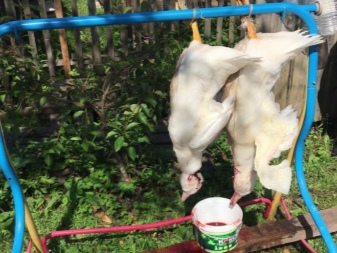
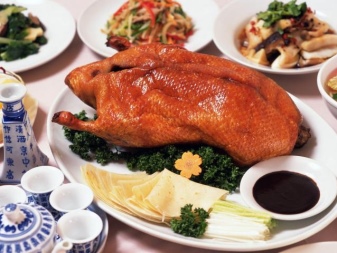
As you can see, broiler ducks have all the necessary qualities that farmers look for in poultry.
Keeping these individuals is much more profitable than other breeds.
However, it should be borne in mind that such ducks have not only a lot of positive characteristics – they also have their own negative qualities.
- Breeding this poultry often creates many difficulties, since the broiler duck has a very poorly developed maternal instinct.
- These individuals are susceptible to various diseases.
- Some poultry farmers complain that feed consumption for certain varieties of broiler ducks is too high. As a result, their content “flies a pretty penny.”
Despite the existing weaknesses, the popularity of broiler ducks is only growing every year. Moreover, keeping a large number of such poultry is always profitable and very profitable.
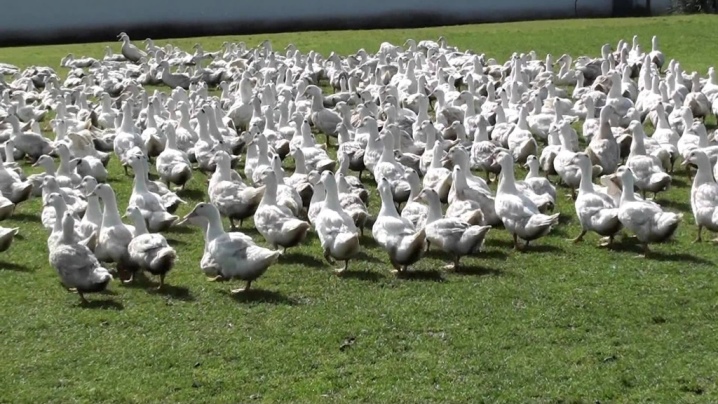
Varieties
There are many breeds of broiler ducks. Different individuals have different characteristics, and even their meat differs in taste.
- Beijing. If the Beijing broiler duck eats properly, then in 2-2,5 months it easily gains weight of 3 kg. At about 25-26 weeks, this bird begins to lay eggs. It was this breed that was used to breed Cherry Valley broilers.
- Muscular American. The meat of poultry of this breed is very similar to meat belonging to wild individuals. Such ducks can live without any problems and difficulties without a reservoir, but low temperatures are dangerous for them. For this reason, it is desirable to keep such birds in regions where a warmer and more gentle climate is maintained.
- Mullard. Broiler ducks of the mulard breed can boast of excellent productivity indicators. This is a French breed that was once bred from musky birds. They are rapidly gaining serious weight, but at the same time they do not make great demands on the feed. Mulard meat is considered healthy and dietary – it contains a small percentage of fat. It will be possible to breed such a bird exclusively artificially – females are initially born sterile.
- Medeo. If you provide a broiler duck of this breed with proper care and feed it with good feed, then it will be able to add 3 kg in weight within a month. A medeo duck produces up to 150 eggs per year.
- Blagovarskaya. These ducks appeared in 1998. They are very popular and enjoy great success among poultry farmers, as they boast enviable fecundity and a high level of productivity. Such birds gain impressive weight quickly and easily, while large feed costs are not required.
- Moscow white. Birds of this breed were obtained by crossing the Peking white duck and the Indian runner. Already at the age of 50 days, these gorgeous individuals can weigh about 2-2,5 kg, which is an excellent indicator. Birds rush with large testicles, the weight of which can reach up to 90 g. In one year, the Moscow white duck can carry from 120 to 150 eggs.
- Agidel. The main thing that should be indicated in the description of this bird is its unpretentiousness. Agidel develops well both in a cage and in free-range conditions. These poultry are characterized by excellent strong immunity, due to which they rarely get sick. The egg production of such ducks pleases with its indicators, and meat is considered an elite product at all.
- Cherry Valley. Birds of this breed grow very quickly and are distinguished by excellent meat. Cherry Valley juveniles have a high survival rate. The egg production of broilers also pleases poultry farmers with its performance.
- Star-53. This is a fairly heavy variety of broiler ducks. It is characterized by strong and fast growth. Muscles in the chest area grow rapidly. The result is a wonderful sirloin product.
- Indian runners. If we consider the indicators of egg production, then Indian runners have no equal. During the year, these birds can produce up to 230 testicles. Adult males can weigh up to 2 kg. Females in weight reach 1,8-1,9 kg.
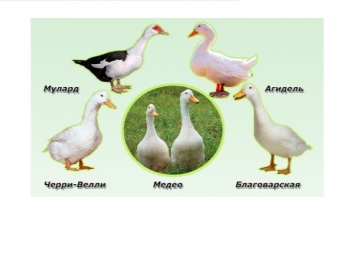
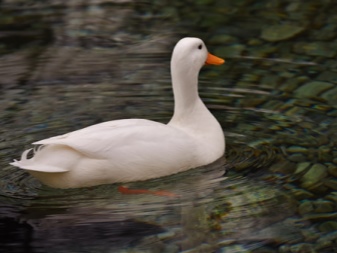
Basic rules for keeping at home
Broiler ducks of different breeds are mostly unpretentious and productive, but this does not mean that they do not need proper care. Keep such poultry should be in accordance with all the rules. In most cases, poultry is kept in the wild – the freedom and movement of broiler ducks is rarely restricted.
To do this, fairly spacious rooms are equipped, where a suitable temperature is always maintained. It should be warm and dry there. You can not do without high-quality supply ventilation.
It is also important to keep under control other parameters of the room where the ducks live:
- proper lighting;
- appropriate level of humidity;
- temperature regime;
- microclimate.
At first, young animals need constant lighting so that there is no crush. Ducklings will need a certain period during which they will adapt to a new place for them. Only after that you can gradually accustom them to darkness, every day turning off the lights for at least an hour.
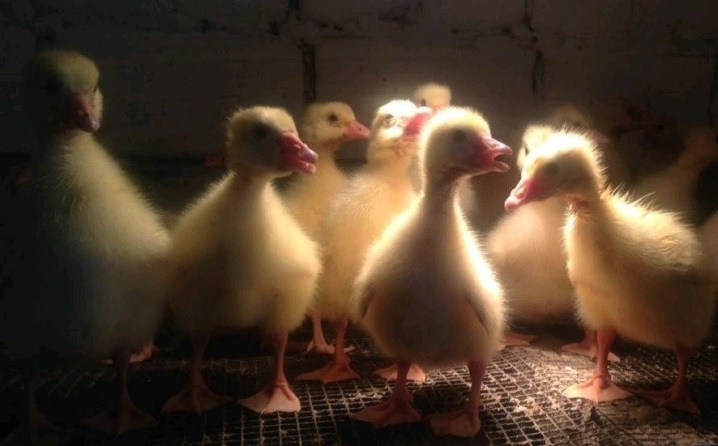
In summer, the room in which broilers live must be regularly ventilated. The supply of fresh air must be constant.
The optimum humidity level in the poultry house should be between 60 and 70%. As for temperature indicators, it is important to ensure that the room has the appropriate temperature: from 23 to 25 degrees Celsius. If these parameters are not controlled, then the birds can become lethargic, and some diseases may develop.
Birds should not be crowded, as this adversely affects the level of productivity of broilers. Under such conditions, the birds will recover slowly, their development will be inhibited. In addition, it is important to properly fill the floor in the house where the ducklings are kept. The following components are best suited:
- chopped straw;
- hay;
- corn cobs;
- wood shavings.
Peat and sawdust should not be laid, as broiler ducks often confuse them with food. Bedding should be changed as it gets dirty. To keep the room always dry, lime should be poured under the main bedding layer at the rate of 0,5 kg per 1 sq. m. Typically, one broiler during the entire growth period takes up to 10 kg of bedding material.
If the birds are taken in the summer, then it is enough for them to enclose a small area on the street, cover it with a canopy. Inside the walking area, you need to put feeders and organize a watering hole.

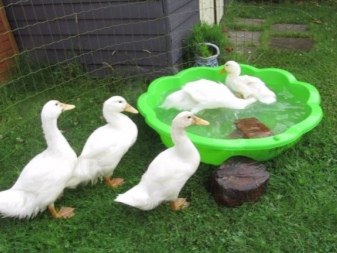
If you plan to breed ducks all year round, then the house will need to be sheathed with mineral wool and covered with foil. A flooring is laid on the floor in two layers of straw and hay.
The maximum period for growing broiler ducks is 3 months. After that, the feathers begin to stray into tangles. It is problematic to pluck them, so the presentation of carcasses suffers greatly from this.
Laying hens should have three meals a day. In the morning and afternoon they need to be given wet food, and in the evening – cereals. Breeders give ducklings from the age of three weeks fine gravel and crushed shells so that digestion is good. The feed should contain sufficient amounts of protein, fiber, calcium, phosphorus, sodium and wheat. After three weeks, the birds must be transferred to grain with grass and greens.


Breeding
Only purebred broilers can be bred. Crosses of broiler ducks in the 2nd generation will produce splitting, so there will be no quality ducklings. Before breeding, you need to equip the broodstock at the rate of 4 ducks per 1 male. Then you should choose a breeding method.
If there is no incubator, then you can entrust the matter to the ducks themselves (if there is an instinct for incubation), having prepared shelters for them. A wooden fruit crate will do.


After that, the testicle must be placed on the ground. In the course of laying, the bird itself will carry grass and straw there. When the duck sits on the nest, it will hardly be visible. Then she will reject the testicles herself. The duck will sit like this until all the ducklings have hatched. They are selected from the shell in about a day.
You can use an incubator. Medium-sized testicles are placed there. First of all, it is necessary to enlighten them and reject them. The eggs are then disinfected. The temperature in the incubator should be 37,8 degrees, humidity – 60-70%. Humidity can be adjusted to maximum values 2 days before hatching.
It is more convenient to use incubators with automatic turning of testicles.
How to make compound feed for broiler ducklings with your own hands, see the video below.

